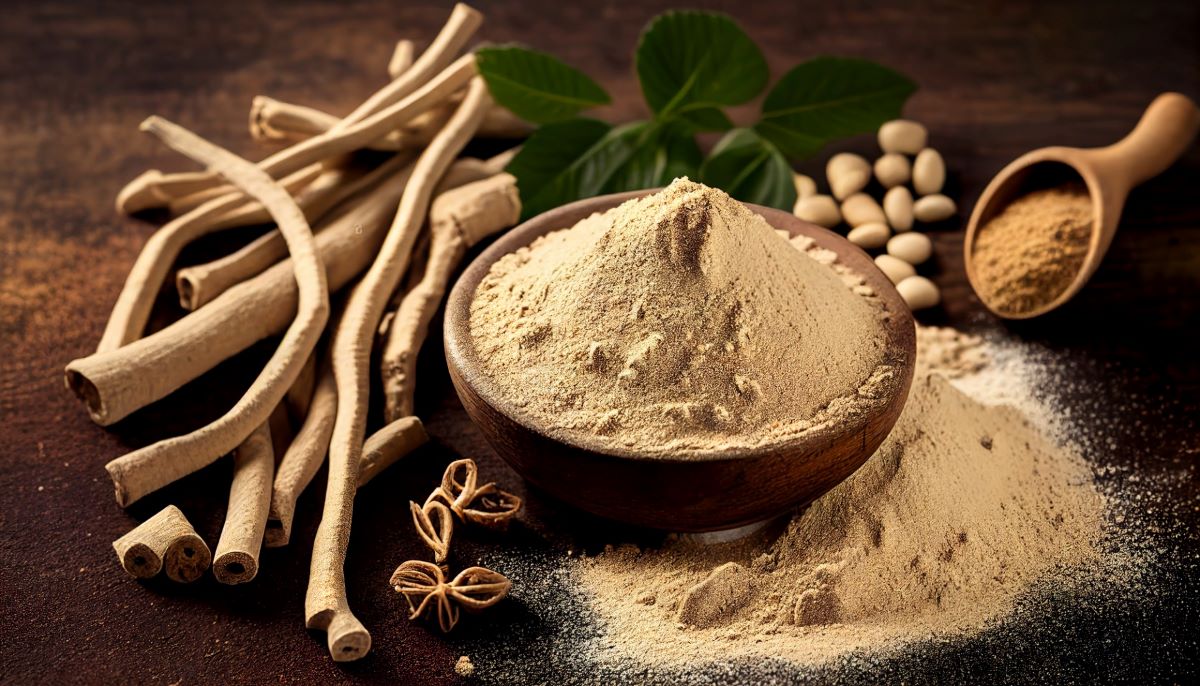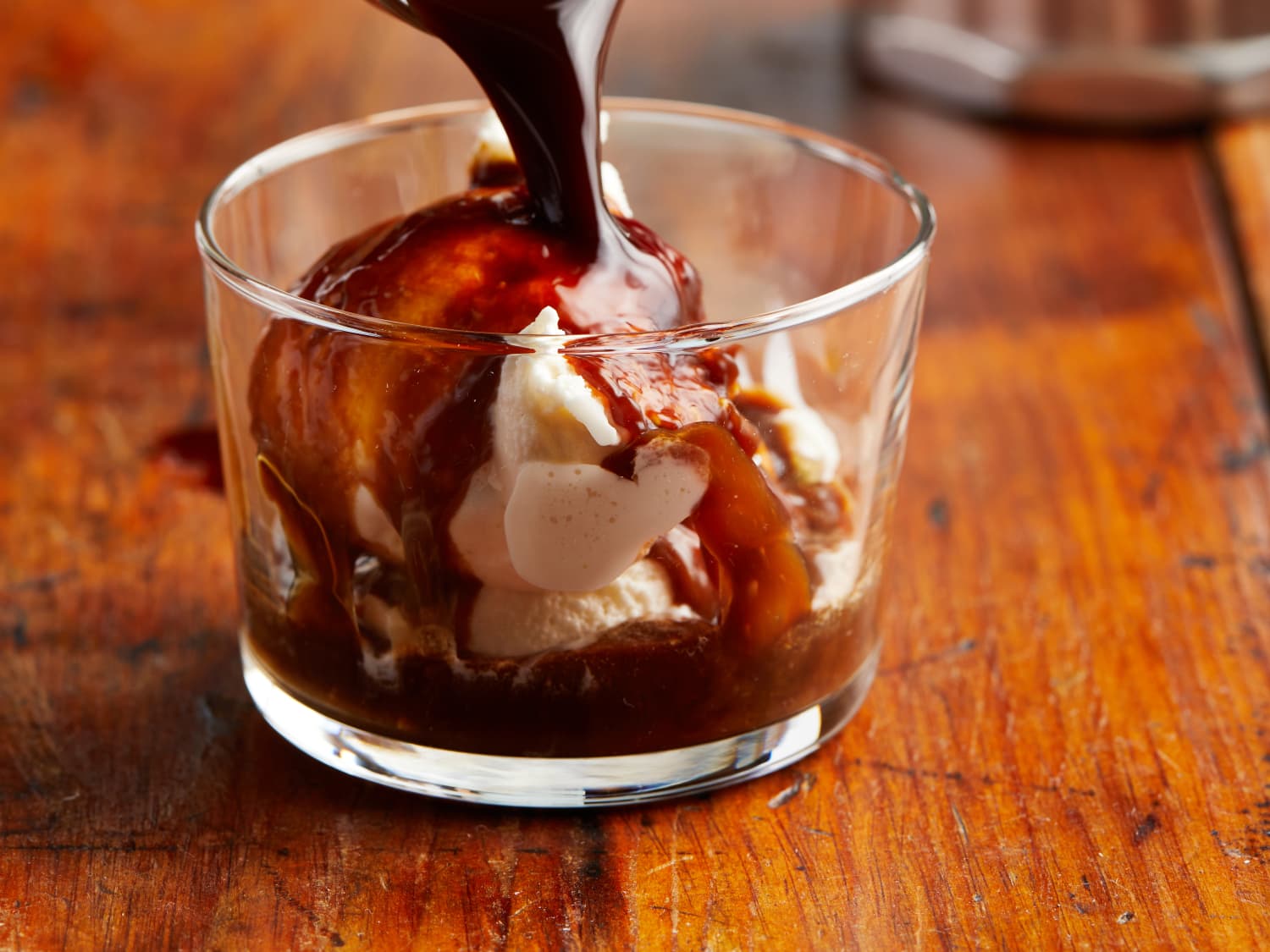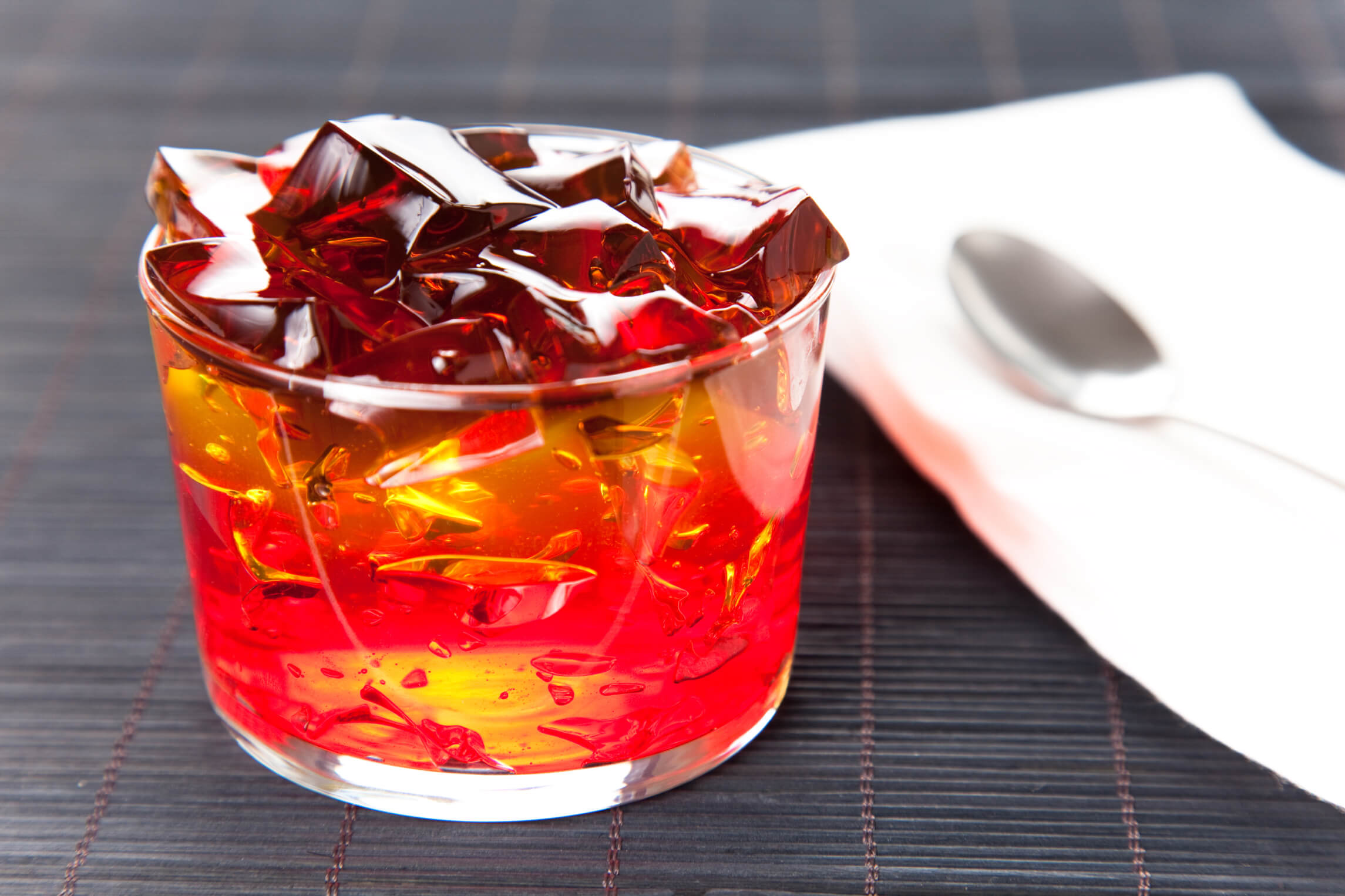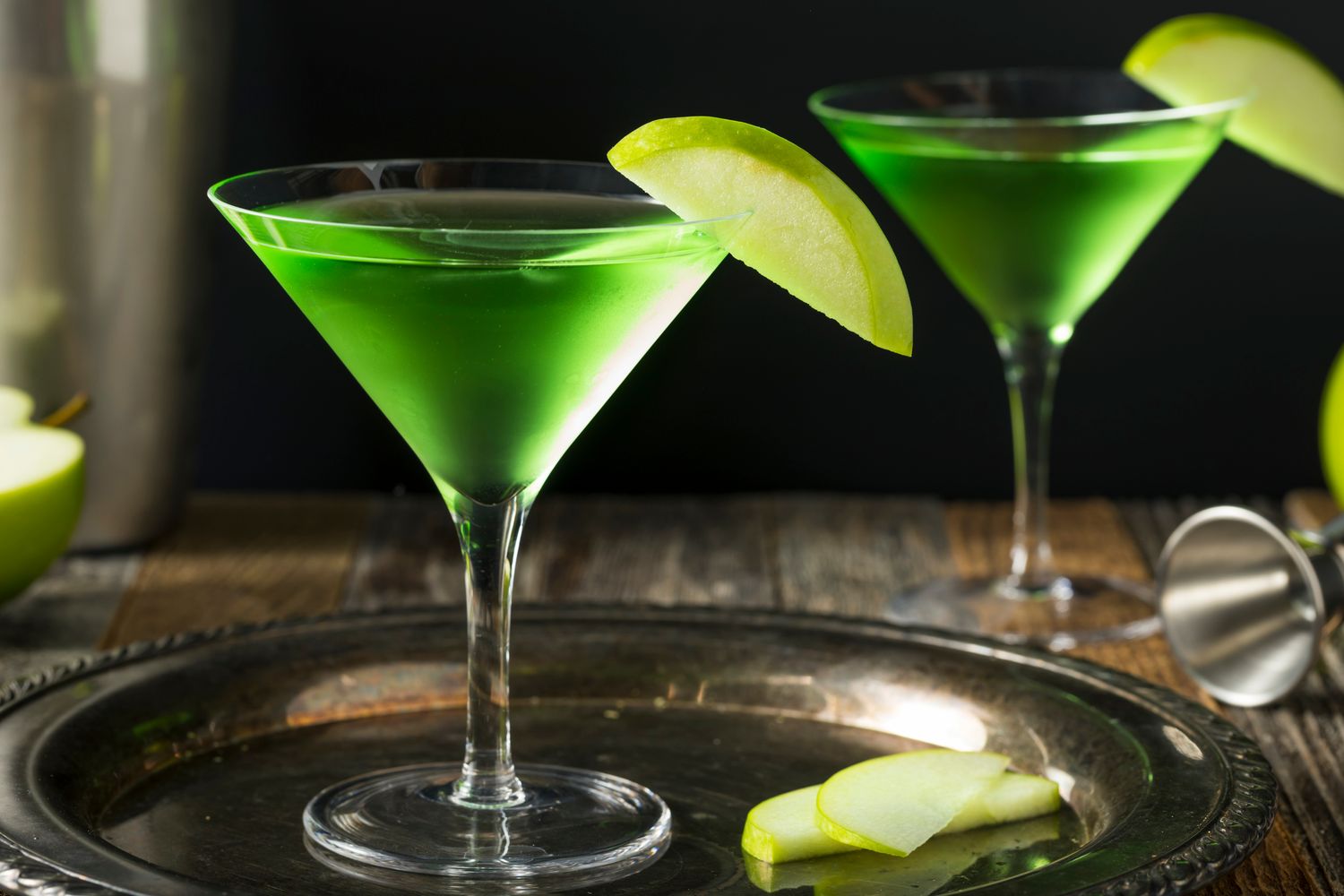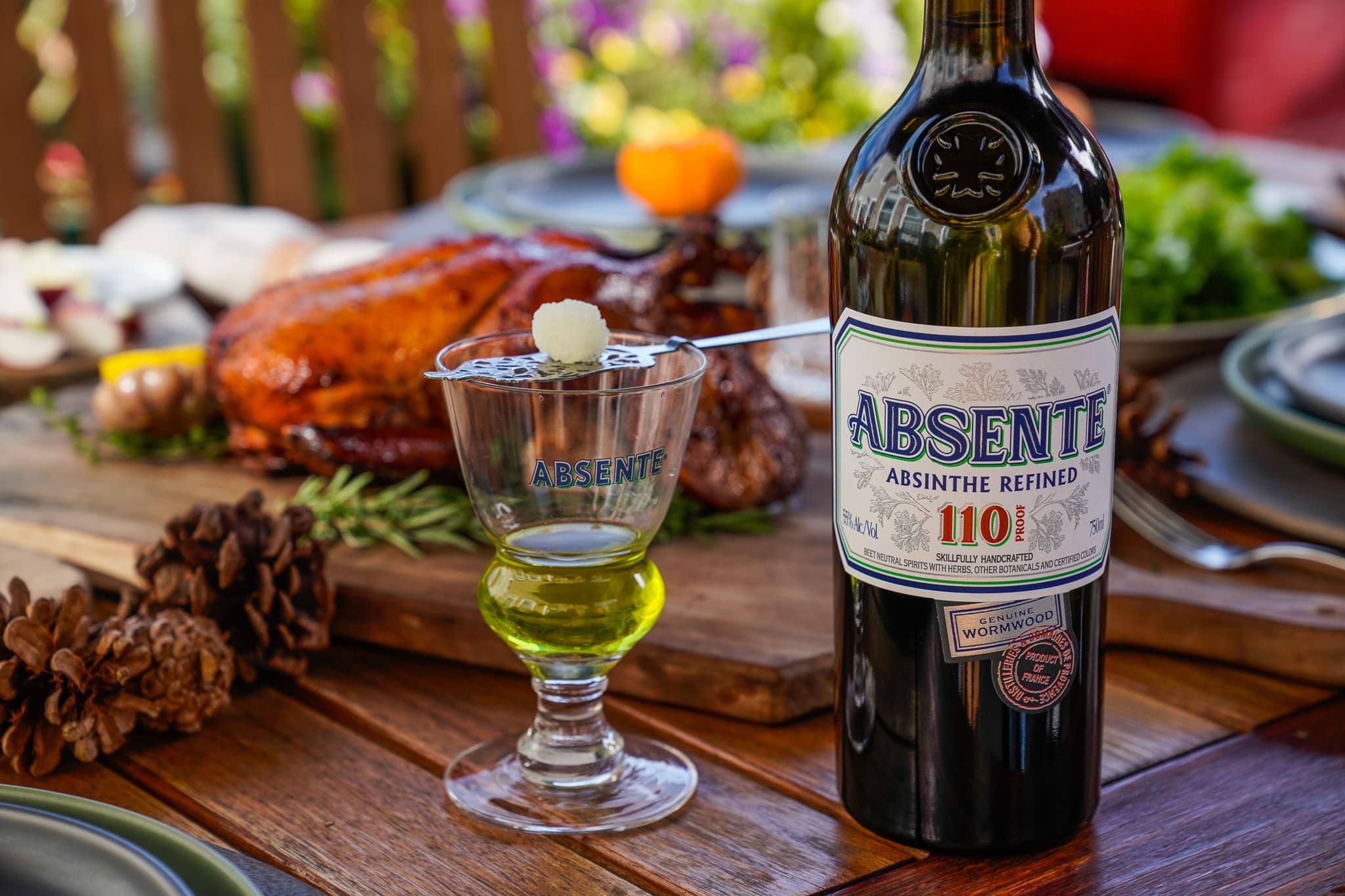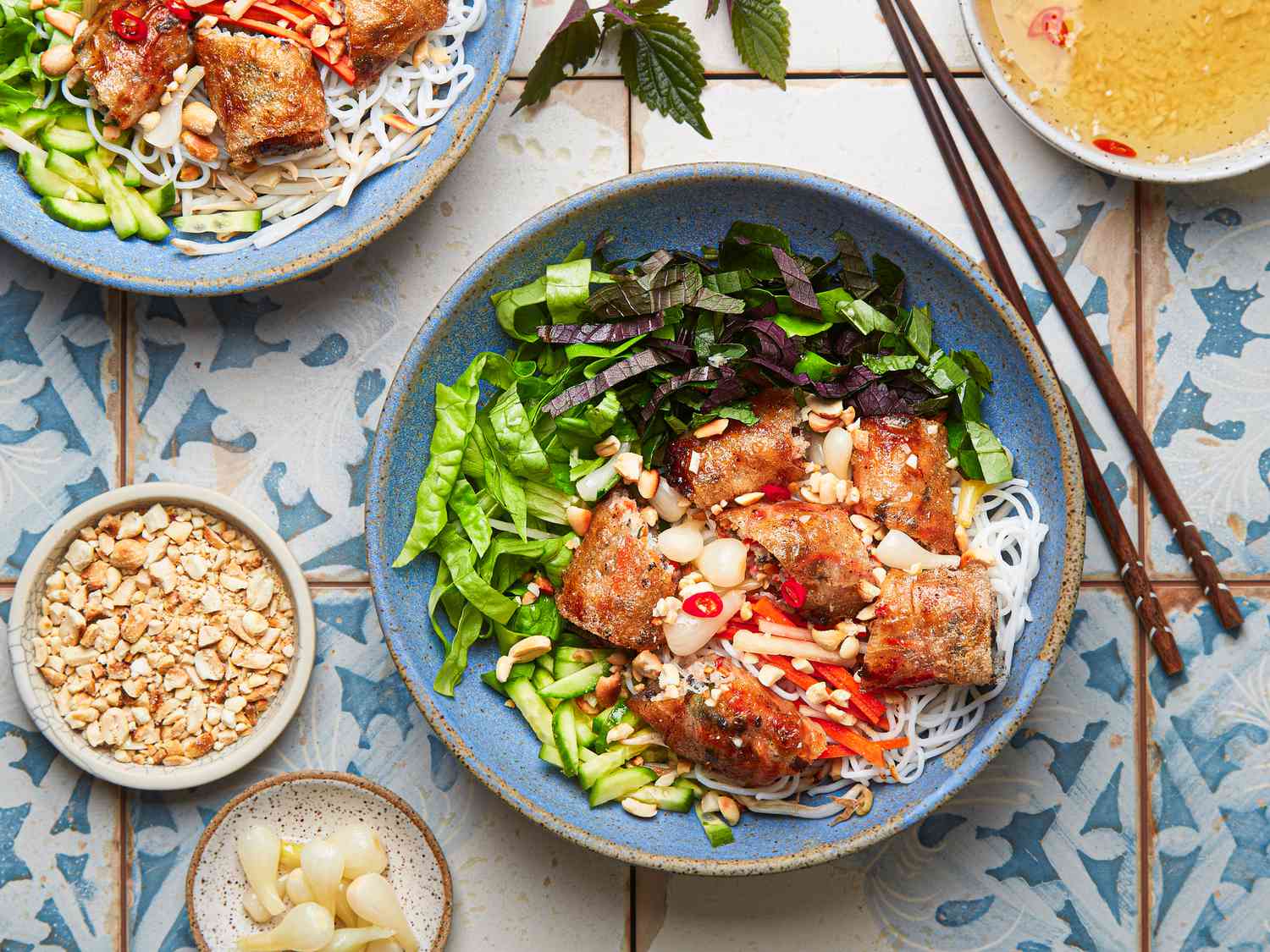Discovering the Delight of Korean Rice Wine
When it comes to traditional Korean beverages, Korean rice wine holds a special place. Also known as makgeolli, this milky, sweet, and slightly tangy alcoholic drink has been enjoyed for centuries in Korea. If you’re curious about trying this unique beverage, here’s a guide on how to drink Korean rice wine and fully appreciate its flavors and cultural significance.
Choosing the Right Makgeolli
Before you start your Korean rice wine experience, it’s important to choose the right bottle. When browsing through a selection of makgeolli, look for a bottle that is well-sealed and has a production date that’s as recent as possible. Freshness is key when it comes to enjoying the full flavors of this traditional drink.
Serving and Temperature
Once you have your bottle of makgeolli, it’s time to serve and enjoy it. Here are the steps to follow:
- Chill the bottle: Makgeolli is best served cold, so make sure to refrigerate it for a few hours before enjoying.
- Shake well: Before opening the bottle, give it a good shake to mix the sediment with the liquid, as this will enhance the flavors.
- Use a traditional bowl: Makgeolli is traditionally served in a wide, shallow bowl called a jeol. This allows you to fully experience the aroma and flavors of the rice wine.
Pairing with Korean Snacks
One of the best ways to enjoy Korean rice wine is by pairing it with traditional Korean snacks. The sweet and slightly tangy flavors of makgeolli complement the savory and spicy flavors of dishes like tteokbokki (spicy rice cakes) and pajeon (scallion pancakes). The combination of makgeolli and these snacks creates a delightful culinary experience that’s deeply rooted in Korean culture.
Drinking Etiquette
When it comes to drinking makgeolli, there are a few etiquette tips to keep in mind:
- Respectful pouring: If you’re sharing a bottle of makgeolli with others, it’s customary to pour for each other rather than pouring your own drink.
- Refrain from stirring: Once the makgeolli is poured into your bowl, avoid stirring it, as this can disrupt the flavors and texture of the drink.
- Enjoy slowly: Korean rice wine is meant to be sipped and savored, so take your time and appreciate each sip.
Exploring the World of Makgeolli Cocktails
While makgeolli is delicious on its own, it can also be used as a base for creative cocktails. From fruity blends to herbal infusions, there are countless ways to experiment with makgeolli and create unique drinks that suit your taste preferences.
Now that you have a better understanding of how to drink Korean rice wine, it’s time to embark on your own makgeolli tasting journey. Whether you’re enjoying it with traditional Korean snacks or exploring innovative cocktail recipes, makgeolli offers a delightful and culturally rich drinking experience that’s worth savoring.
Exploring Further: Delicious Recipes Using Korean Rice Wine
After mastering the art of drinking Korean rice wine, why not explore its versatile culinary potential? With a range of recipes like Makgeolli-Infused BBQ Ribs and Makgeolli-Enhanced Dressing, you can bring the unique flavors of Makgeolli into your cooking. For an adventurous start, try the Spicy Makgeolli Rice Cakes or the Makgeolli Scallion Pancakes. These dishes highlight the wine's ability to enhance the flavors of traditional Korean ingredients. If you're looking to impress at your next gathering, the Makgeolli-Infused Sangria and Makgeolli Fruit Cocktail are perfect for delighting guests with a twist on classic beverages. Each recipe utilizes Makgeolli to add depth and complexity, making them must-tries for any culinary enthusiast.
Was this page helpful?
Read Next: How To Drink Cinnamon Tea
